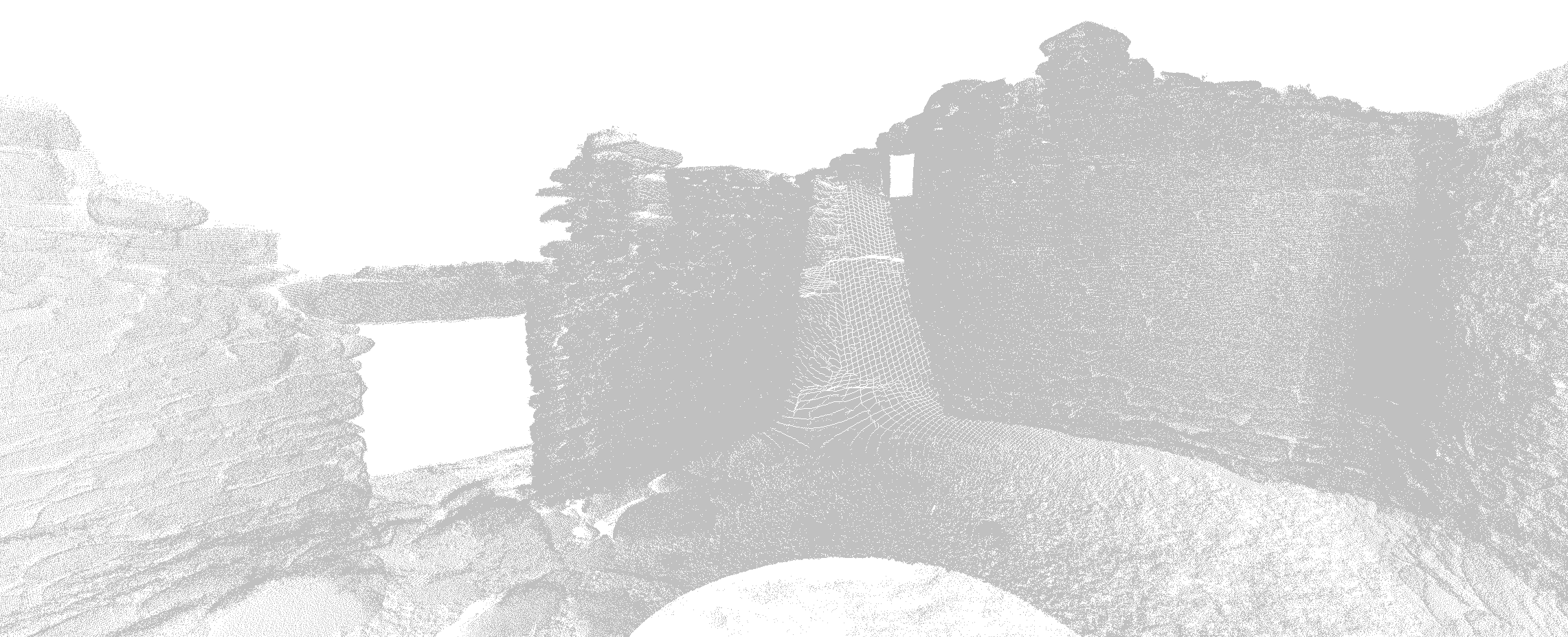Virtual Histories Project – Shetland Museum and Archives
The Virtual Histories Project is a collaboration between four museums (Eyemouth Museum, Shetland Museum, Taigh Chearsabhagh and Timespan) and the University of St Andrews School of Computer Science, The School of History and the SCAPE Trust.
A Walk Through Time, Fethaland Fishing Station, Shetland.
Using archaeological survey data and PointCloud scan data, we are creating an accurate 3D reconstruction of Fethaland fishing station in order to give a better understanding of the history of this site and present data in a fun interactive way. This site of the fishing station is being lost to coastal erosion, and the model is a way of preserving this part of our history, before it is lost to the sea.
Fethaland Fishing Station
Fethaland lies within two bays at the northern tip of Northmavine and is the farthest north point of Shetland mainland.
Fethaland, has a long history of human settlement, spanning from prehistoric times right up until the twentieth century, when the fishing station, established during the 15th and 16th centuries, became redundant.
This haaf (deep-sea) fishing station was at one time the busiest in Shetland, with around 60 boats operating from here. The season was short: from June until August. The workers were accommodated in lodges. These huts were drystone with roofs of wood and turf that were removed at the end of each season to protect them from damage by winter storms. The fish were split open and dried on the pebble beach before being exported to market. From the 17th century herring was also brought ashore and salted.



Tweet